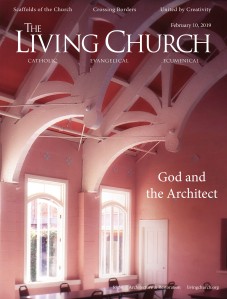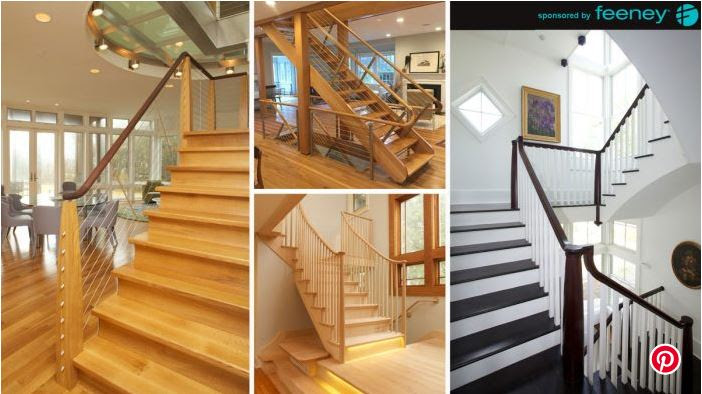Mercurial Gone Bipolar
There used to be simple answers to character traits in people. I remember in school that the “nervous kid” was fidgety and often times had to be reprimanded by the teacher. That student now has been diagnosed ADHD (Attention Deficit Hyperactivity Disorder). The quiet kid in the corner that talked to no one has now received a diagnosis of autism. The weird kid who picked his nose but knew every date of the American Revolution now is diagnosed as having Asperger’s Syndrome. Similarly today “Moody” people may have a diagnosis of Bipolar Disorder.
There’s no doubt that these behavioral descriptions more accurately reflect what is going on biologically, emotionally and chemically than any of the previous clichés and stereotypes.
It occurs to me that the profession I have dedicated my life to, architecture has offered up sweeping professional stereotypes of “innovation” and “leadership” or just “cool” or “green” to brand our image. In the midst of the biggest building bust in our memory that arguable has made 50% of us under- or un-employed, what emerges to me is evidence of a long term Bipolar personality at the core of its professional angst.
When times are tough, architects become depressive – essentially believe that there is no future, no hope, that what they have to offer goes disrespected, unused and devalued as people think about the dollar first and design second.
When times are good, manic architects feel that they are indispensible and ride the wave of available interest in the luxury of design to assert that they are, in fact, cultural icons.
Like most people diagnosed with Bipolar Disorder, the manic phase of exquisite joy and optimism is just as inappropriately amplified as the depressive side of helpless hopelessness. In other words, we are at the bottom of perhaps the most depressive cycle for architects and architecture in my lifetime. A recent article in Salon.com – Architecture Meltdown – has calmly and factually noted that “Some smell trouble in architecture’s sense of itself”. But the truth is, there are architects who find themselves to be relatively busy all the time. And this is not because of society gaining or losing the “truth” about what our value to our culture is. It is because, in a free market economy, what anyone offers in goods and services either has value sufficient to be purchased or, simply does not.
If we continue to offer the manic version of our bipolar professional identity as the norm for most people – the Frank Lloyd Wright, full-on, visionary genius leadership role, we will have extreme meaning for a tiny number of people (now dubbed “the 1%”) who buy the hype (not unlike the cult leader who has undeniable verve, energy, insight and a compelling personality but in the end only attracts a tiny minority of people to follow that brilliance of manic confidence). Alternatively, if we become the embittered, depressive side of our alternate ego, declaring that those who don’t see our beauty are the vast, unwashed bourgeoisie (now dubbed the 99%”) defaulting to a depressing banality of safety and predictability, then we will become bitter dead-enders who simply view architectural design more or less how hackers view their work on the internet: a subversive preaching of a greater verity than the whitewashed generalities of a deluded population.
Just as psychotropic drugs can relieve the manic highs and bring up the depressive lows in a person with Bipolar Disorder, I would advocate that architecture needs a similar stabilizing drug: reality.
Architects offer something that is unique: a confluence of a large number of disciplines, a rare combination of the technical, the emotional, the aesthetic, and yes, the innovative. But at the end of the day, if we want to be more than the leaders of a cult, we need to ground our manic highs and elevate our depressive lows to see that the truth is not necessarily what we were taught in school, but a reality that is often far, far richer, more meaningful and more relevant to more people than those who simply drink our Kool-Aid.





































































Well said Duo – an opportunity for us architects to enhance the nobility of our profession by stepping clear of the 99 per-centers vs. the 1 per-center duality game and wholeheartedly embrace the 100 per-center game by offering sliding fee scales for making available to everyone the ultimate benefits of a work-of-architecture vs. a building; an enhanced life
experience through a more effective application of the profound connection between existing and new personal environments and human behavior.